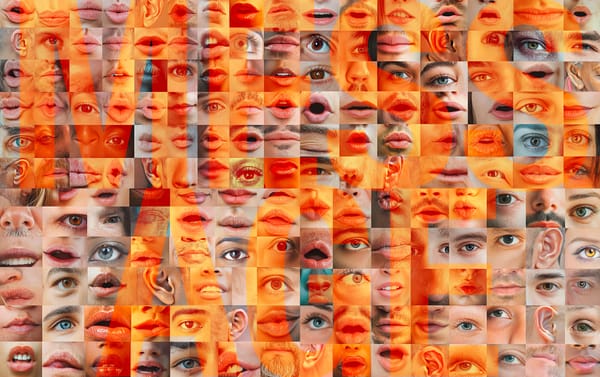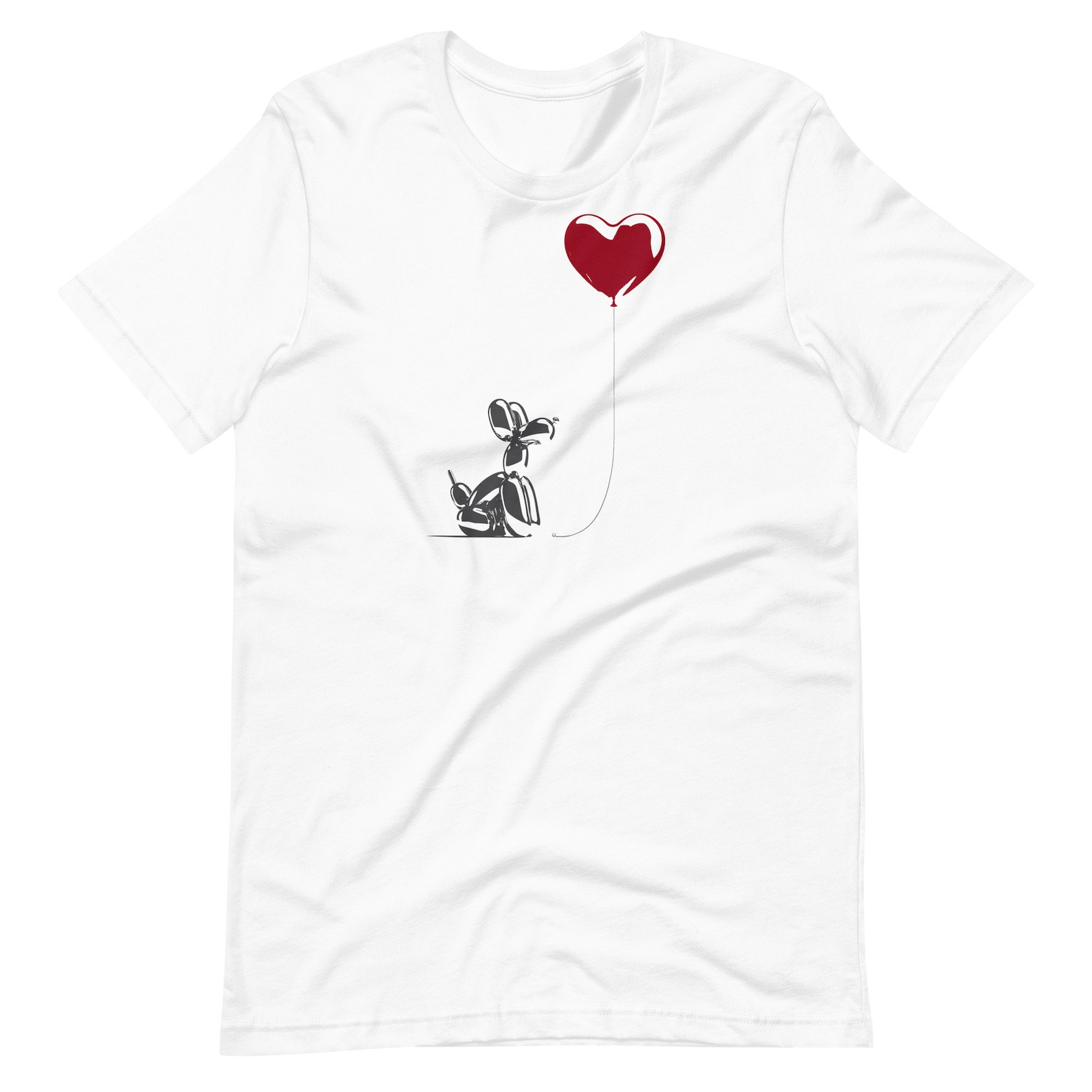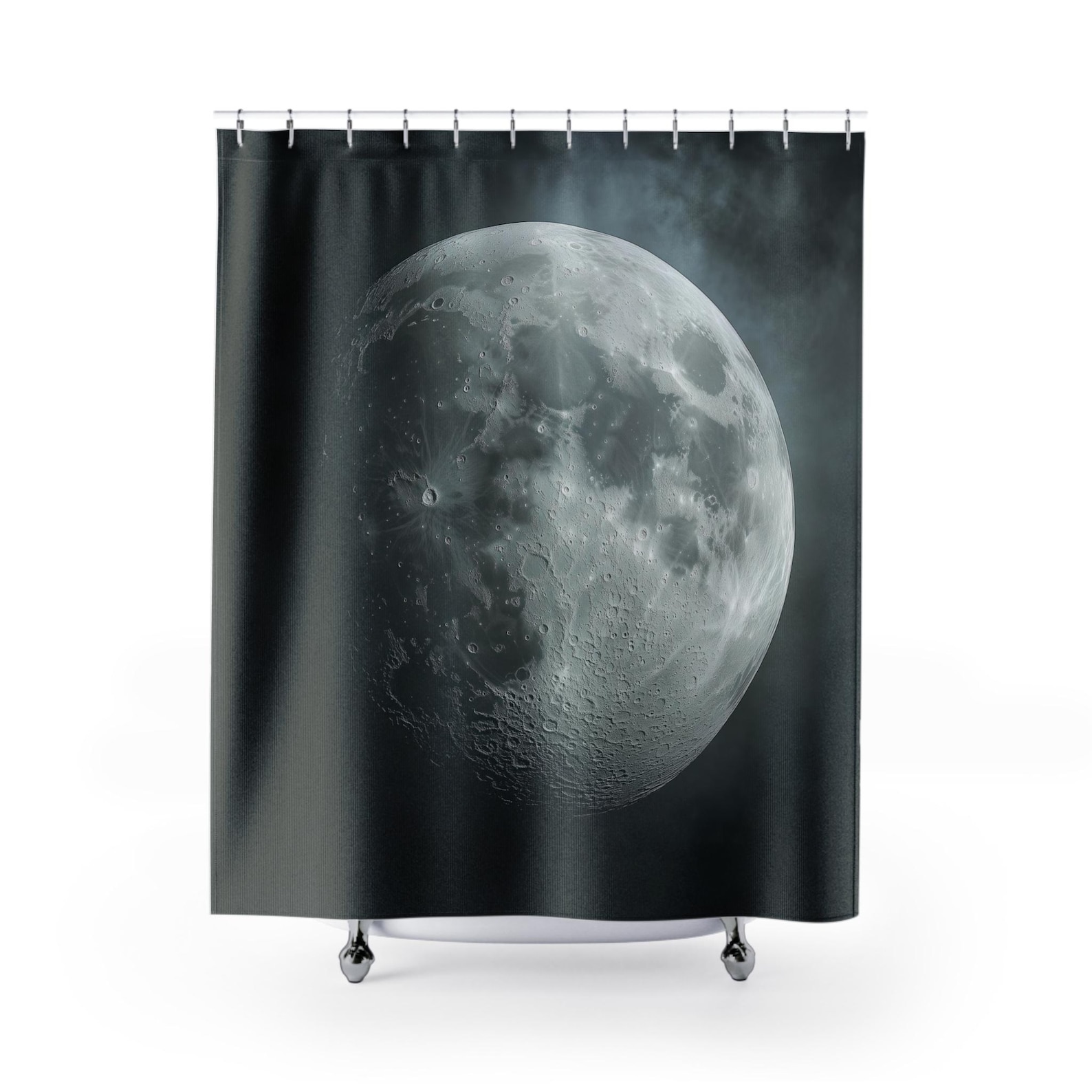On the Rubber Ducky
Discover the surprising journey of the rubber ducky, from its humble origins to becoming a beloved cultural icon that brings joy and comfort to all ages.

From humble beginnings to cultural icon
The rubber ducky or rubber duckie is a small, unassuming toy, often bright yellow, with an innocent expression and a slightly comic charm. For many, it symbolises childhood, bath time nostalgia, and even a source of comfort. Yet, this seemingly simple object has a surprisingly rich history and cultural significance that extends far beyond the confines of the bathtub.
The origins of the rubber duck
The rubber duck story begins in the late 19th century with the advent of rubber manufacturing. The Industrial Revolution brought about new materials and production techniques, including the vulcanisation of rubber. This process, patented by Charles Goodyear in 1839, made rubber more durable and flexible, paving the way for a plethora of rubber-based products, including toys.
Early rubber toys were quite different from the ducks we know today. These toys were often solid and unpainted, and they didn’t float. Instead, they were more like chewable toys for teething infants. It wasn’t until the early 20th century that the rubber duck began to take on its familiar form, complete with its hollow body that allowed it to float. The design we recognise today, with its bright yellow colour, orange beak, and friendly eyes, began to take shape in the mid-20th century as manufacturing processes improved and the toy industry expanded.
The rise of the rubber ducky
The rubber duck’s journey from a simple toy to a beloved cultural icon is closely tied to its role in popular culture. In the 1970s, the rubber ducky received a significant boost in popularity thanks to the children’s television show Sesame Street. The character Ernie, one of the show’s most endearing figures, famously sang the song “Rubber Duckie” in a February 25, 1970 episode. The song’s catchy tune and Ernie’s obvious affection for his rubber ducky endeared the toy to millions of viewers, leading to a surge in sales and cementing the rubber duck’s status as a pop culture icon.
The rubber duck’s appeal lies in its simplicity and versatility. It’s a toy that transcends age, appealing to both children and adults alike. For children, it’s a source of endless amusement during bath time, a companion that makes the sometimes-dreaded activity of getting clean a little more fun. For adults, the rubber ducky often carries a sense of nostalgia, a reminder of carefree childhood days.
Beyond its role as a bath toy, the rubber ducky has also become a symbol of innocence and comfort. Its cheerful appearance and the joy it brings have made it a popular choice for charity campaigns and public art installations. For instance, giant rubber duck sculptures created by Dutch artist Florentijn Hofman have floated in harbours and rivers worldwide, capturing the imagination of millions and sparking conversations about art, childhood, and the environment.
The rubber ducky in the modern era
Today, the rubber ducky is more than just a toy; it’s a cultural phenomenon. Its image adorns everything from clothing to home decor, and it has inspired countless variations, including superhero ducks, holiday-themed ducks, and even luxury rubber ducks made from high-end materials. The rubber ducky has also taken on a life of its own in the digital age, with apps, social media accounts, and even memes dedicated to its playful persona.
The rubber ducky has also found a place in the mental health and wellness world. The term “rubber duck debugging” is a popular method programmers use to explain their code out loud to a rubber duck to identify errors. This technique underscores the duck’s role as a non-judgmental listener, providing comfort and clarity in moments of frustration.
Moreover, the rubber ducky has become a symbol of resilience and adaptability. Despite the passage of time and the ever-changing landscape of toys and technology, the rubber ducky has remained relevant and beloved by generations. Its continued popularity is a testament to its universal appeal and the simple joy it brings to people of all ages.
The duckie's end
The rubber ducky’s journey from a humble rubber toy to a global icon is a testament to its enduring charm and versatility. It has floated its way into our hearts, becoming a symbol of innocence, comfort, and joy. Whether in a child’s bathtub, on a collector’s shelf, or as part of a public art installation, the rubber ducky continues to bring smiles and a sense of warmth to people worldwide. Its story is a reminder that even the simplest objects can have a profound impact, transcending their original purpose to become something truly iconic.
Floating Rubber Ducky Digital Print
Floating Rubber Ducky Printable Digital Print Files: Five CMYK JPGs at 300 ppi, each with a 0.25 inch (0.64 cm) white border all around by FUKKT
